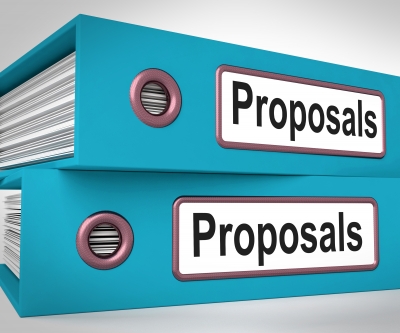Book proposal is the key to get your book published. Most publishers don’t straightaway accept full manuscripts or read the entire book. Your book proposal is then your sales letter or brochure of the book and it needs to sell you as an author and the book. The editors’ meet about buying a book disusses mainly the book theme and its marketability. But along with that the editors also discuss the author’s experience and background.
How do you craft a winning book proposal and what are the typical parts of a good book proposal?

Image By: Stuart miles –
http://www.freedigitalphotos.net/images/proposals-folders-mean-suggesting-business-plan-or-project-photo-p249992
Introduction
Every document has one. The introduction should establish the context for your communication. Give a one or two line synopsis of what the book is about and the need for a book on the topic. This is also the proverbial hook. You have to capture the editor’s attention and create an urge to read the book proposal further. If you fail to interest the editor in the first few lines, your book proposal may never be read.
Biographical Sketch
This is your chance to establish your creditbility and convice the editor that you are a writer of repute. List all your publications, both academic and commercial. If you have writtern a book before, that is a definite plus. If you have, include the sales statistics of the book. Don’t forget to include samples of your writing to give the agent and the editor an idea of your writing style.
Book Outline
Book outline or a sample TOC is another important part of a book proposal. It shows that you have a clear idea of your audience and what you intend to cover in the book. The outline will also show if you have researched the subject well and know your competition.
You should also write a brief about why the subject is important and who is the audience. How big is the audience and what other books are published on this subject. If there are other successful books on the same topic, it is your responsibility to convince the editor on how your book is different from the rest, and what additional value will you provide?
Sample Chapters
Most editors will want to see the actual book content. A nonfiction book is very different from a fiction. You need to match the writing style to the type of information in your book. Depending on the subject, your book may contain only conceptual information or a mix of conceptual information and examples of How Tos. A sample chapter should show the editor how you have handled these information types and the transitions.
Schedule and Marketing Plan
Everyone is in it for the money. You need to specify your target dates for completion and explain that you have a well-structured marketing plan. The publisher needs to know that you are ready to go an extra mile and help them market the book in every way you can. Web 2.0 has opened new marketing avenues and you don’t have to go on a cross-country book tour. Virtual book tours and other eWOM methods ca be just as effective.
Lastly, don’t forget to read the proposal submission guidelines of the publisher. You don’t want to go through all the trouble and miss a crucial piece of information in your proposal. With thousands of books published each year, publishers will rarely take the time to tell you that you have missed XYZ and should send an updated proposal again.